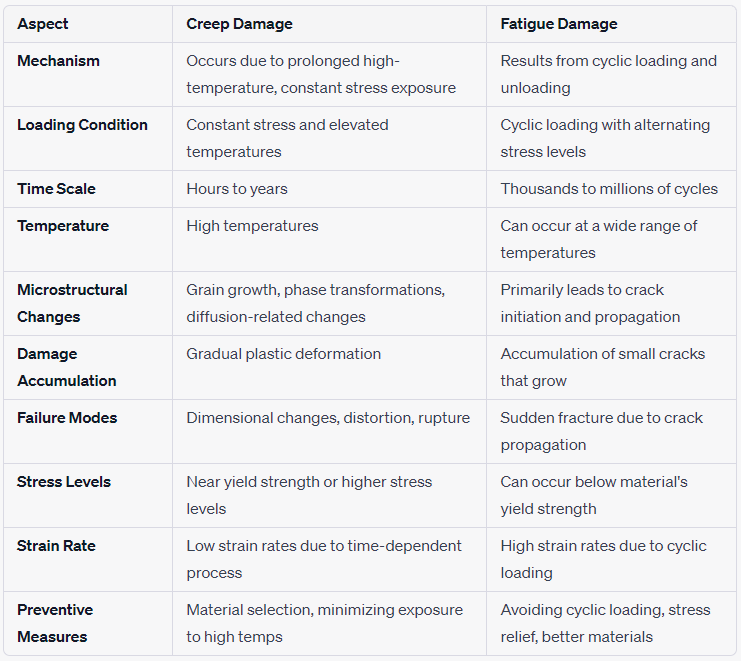Microbiologically influenced corrosion (MIC)-Crude Pipeline Case
- matintegrity
- Apr 10, 2023
- 3 min read
Microbiologically influenced corrosion (MIC) is a type of corrosion caused by living organisms such as bacteria, algae, or fungi. This corrosion is often associated with the presence of tubercles or slimy organic substances. The bacteria produce localized corrosion in the form of pitting or crevice corrosion. The most common materials, include carbon and alloy steels, 300 series SS and 400 series SS, aluminium alloys, copper alloys, and some nickel alloys, are all susceptible to MIC.
However, titanium appears to be highly resistant to it.
MIC is found in aqueous environments, and stagnant or low-flow conditions, allow and promote the growth of microorganisms. Because there are many types of microorganisms, they can survive and grow under a wide range of conditions including lack of oxygen, light or dark, high salinity, pH range of 0 to 12, and temperatures from 0 °F to 235 °F (–15 °C to 115 °C).
Systems may become “inoculated” by the introduction of organisms that multiply and spread unless controlled. this means that, harmful organisms can enter a system and start to grow and spread quickly. If they are not stopped, they can become very difficult to control and remove.
Different organisms thrive on different nutrients including inorganic substances (e.g., sulfur, ammonia, iron, sulphate compounds, and H2S) and organic substances (e.g., hydrocarbons and organic acids). In addition, all organisms require a source of carbon, nitrogen, and phosphorous for growth. Corrosion is often blamed on iron-oxidizing bacteria or SRB. However, these organisms are typically only part of a complex colony of multiple types of interdependent organisms, each capable of creating by-products that might be a food source for others.

Photo credit: https://firesystems.net
MIC is often found in water-cooled heat exchangers, in the bottom water layer of storage tanks, in piping with stagnant or low flow, and in piping in contact with some soils. Product storage tanks and water-cooled heat exchangers in any unit where cooling water is not properly treated can be affected. Stagnant process lines with trapped water can suffer from MIC. Drain systems and other water-containing systems associated with docks and ship loading/unloading facilities can experience MIC. MIC is commonly found in equipment where the hydrotest water has not been removed or where equipment has been left outside and unprotected.
300 series SS and Fire-water systems is often affected unless precautionary measures are taken.
MIC corrosion is frequently observed as localized pitting under deposits or tubercles that shield the organisms. Tubercles also form on carbon steel exposed to oxygenated water, so the presence of tubercles is not a guarantee of MIC.
Damage is often characterized by cup-shaped pits within pits (the halo effect) in carbon steel or subsurface cavities in stainless steel. However, these pits are often indistinguishable from under-deposit corrosion in carbon steel and chloride pitting in stainless steels. Pit morphology alone may not be a reliable indicator of the cause of corrosion.

Photo credit: https://www.r-techmaterials.com
The above picture from a case study found that the pitting corrosion was confined to the bottom of the crude pipeline, between the 5 and 7 o'clock positions, with clustered and overlapping pits and evidence of a lightly etched areas around the pits. Scalloped shape, undercut pits were also observed within the main pit.
In this specific case MIC occurred when microorganisms, such as sulphide generating bacteria (SGB) and sulphate reducing bacteria (SRB), colonize a metal surface and generate corrosive by-products. In pipelines containing crude oil, water contamination settles along the bottom, providing an ideal environment for microbes to thrive. SRBs are anaerobic and reduce sulphates to sulphides, which produce hydrogen sulphide. The accumulation of these corrosive by-products causes pitting corrosion, which can result in catastrophic pipeline failures.
Mitigating microbial-induced corrosion (MIC) may involve several techniques.
Preventing water contamination will eliminate the environment that microorganisms such as sulphide generating bacteria (SGB) and sulphate reducing bacteria (SRB) require to thrive. Flushing and cleaning water-containing systems regularly, minimizing low-flow or stagnant zones, and ensuring lines are sloped to assist in drainage will help minimize colony growth and the resultant MIC.
Chemical treatments such as chlorine, bromine, ozone, or other chemicals can be effective in controlling microbial growth.
Applying a high-quality bacteria-resistant epoxy coating can also provide protection against MIC.
Inspection and monitoring are crucial for identifying and preventing MIC in cooling water systems. To ensure the effectiveness of treatment, biocide residual, microbe counts, and water appearance should be regularly measured. Sampling and analysis can provide a better understanding of the bacteria population, and special probes can be used to monitor for fouling that may precede or coincide with MIC damage. Corrosion coupons can also be used to identify MIC by sampling the coupon surface after it is pulled from service, but it should be noted that this does not always guarantee the absence of MIC. Despite effective treatment and monitoring, stagnant flow areas can still be vulnerable to MIC, and it is important to identify the type of microorganisms present to ensure appropriate incubation temperature for water samples.






Comments